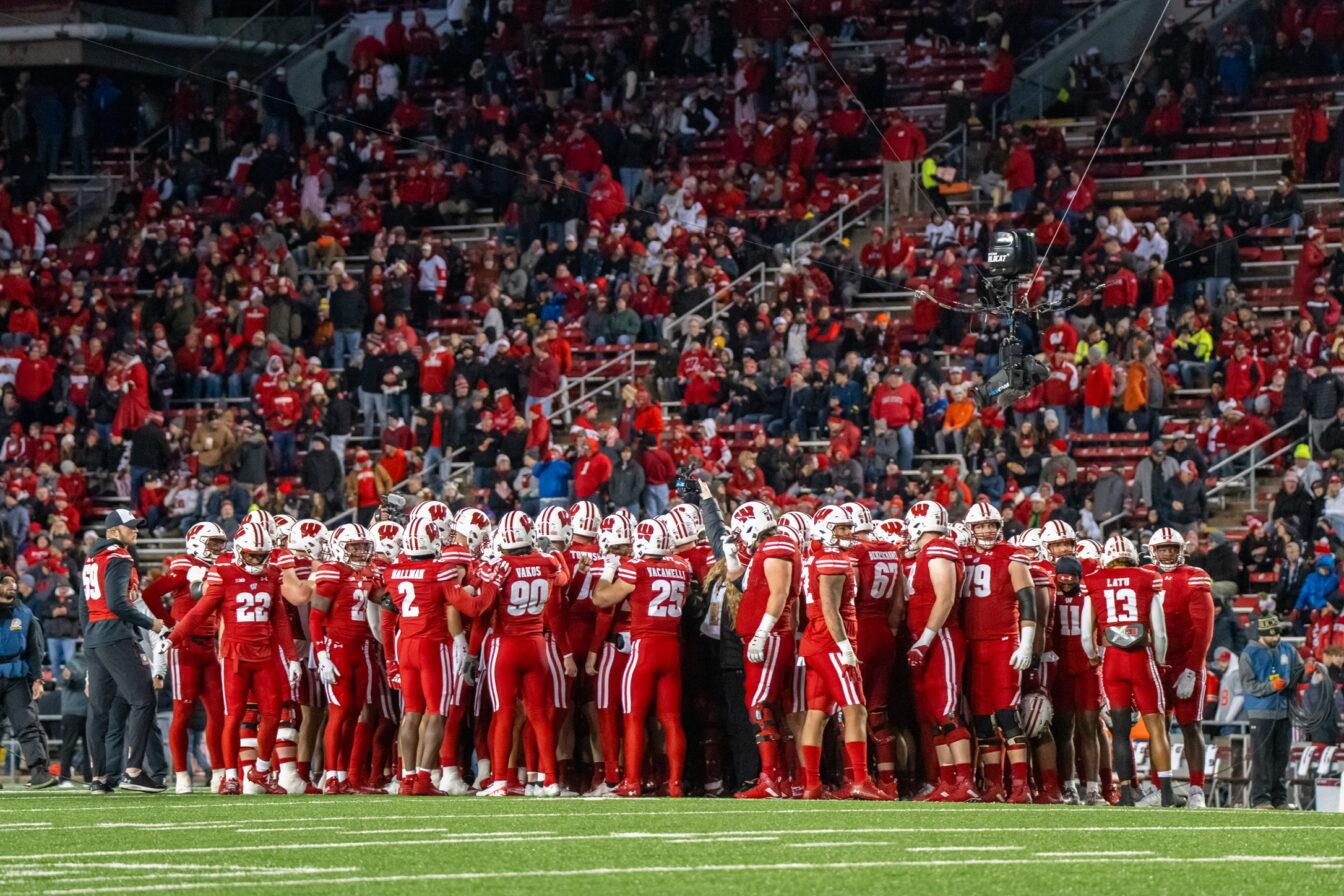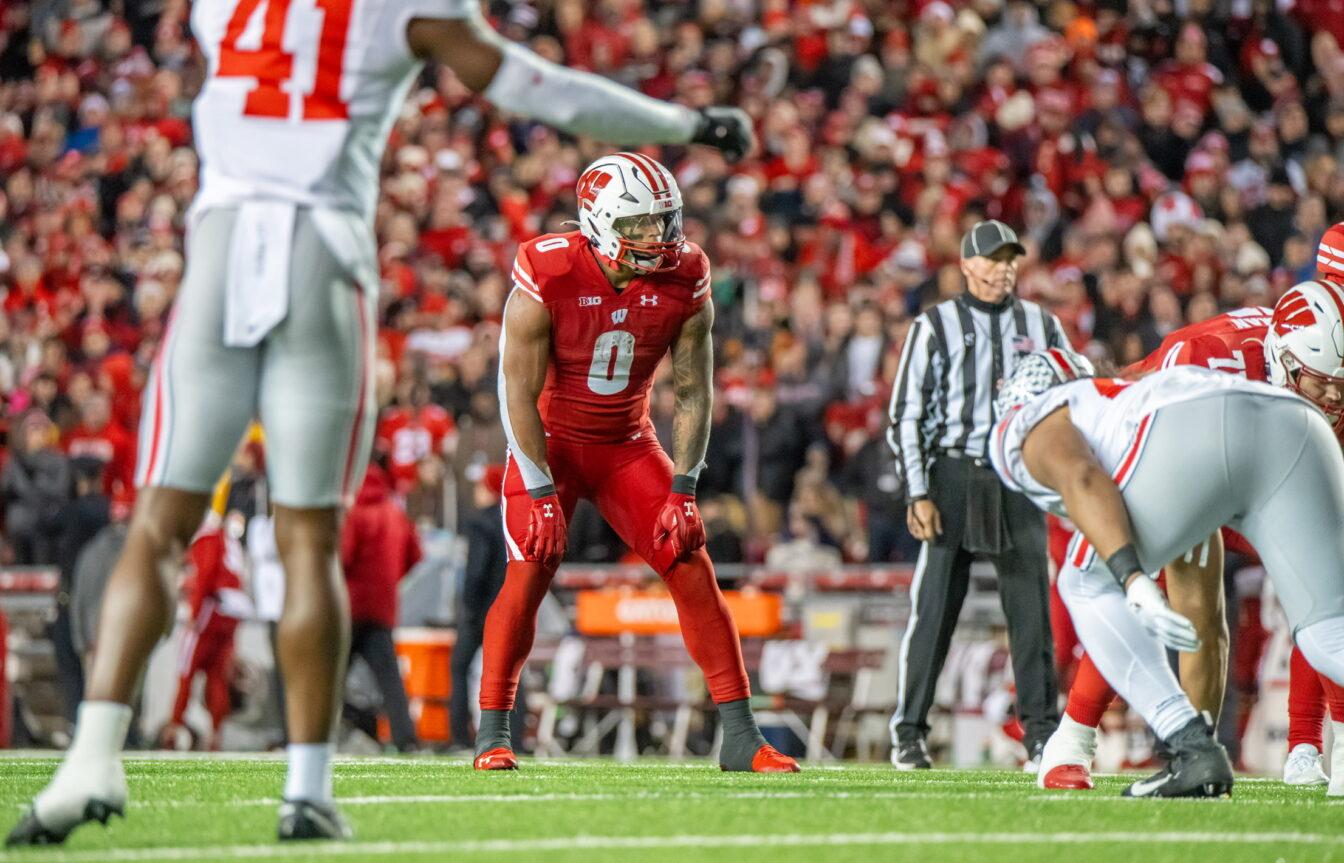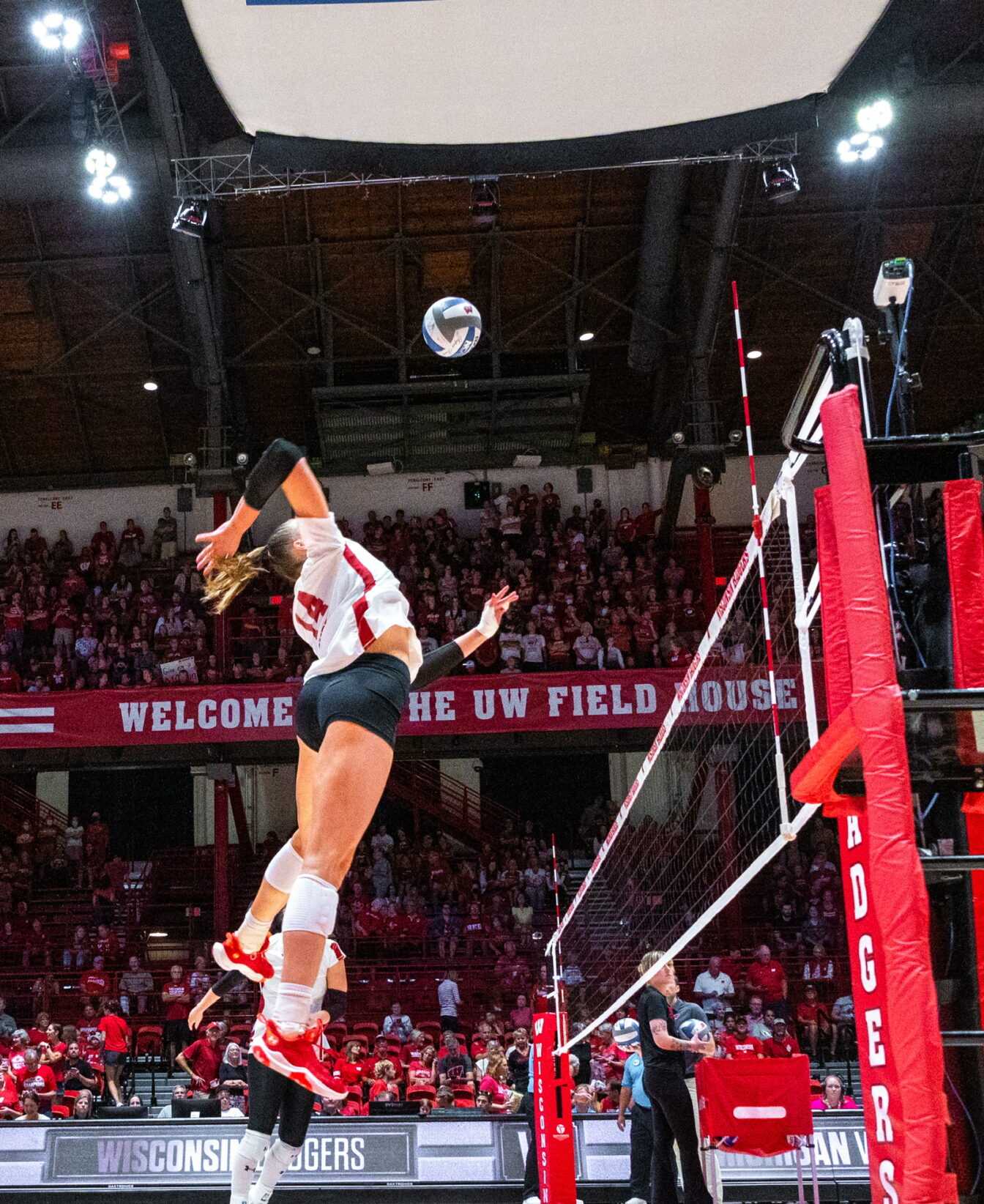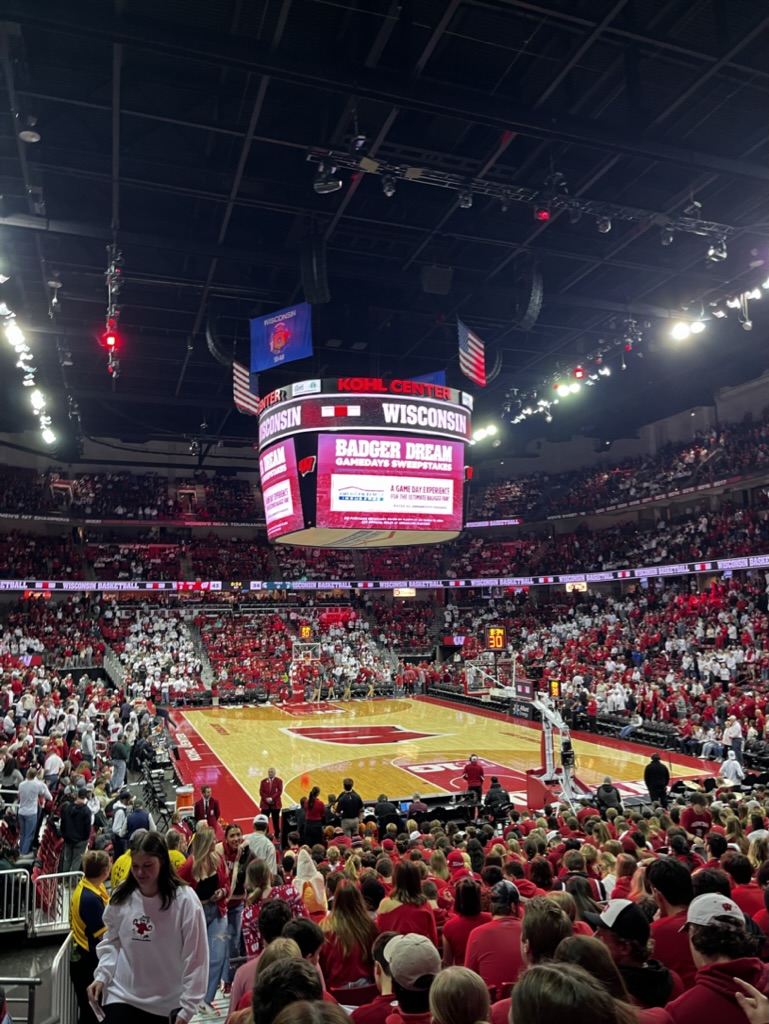
Nobody in his or her right mind would label the Wisconsin football team’s backfield a place of consternation heading into the 2012 season.
But the departure of fullback Bradie Ewing has, however, left the backfield somewhat lopsided.
For the last two years, Ewing has been the trusty 6-foot, 245-pound hammer clearing the path for three 1,000 yard rushers and a Heisman Trophy finalist.
Without Ewing, Wisconsin’s backfield remains stockpiled with talent at running back – with Montee Ball being just the tip of the iceberg – but void of experience at fullback.
Despite the reserves of talent at running back, Ball obviously deserves the majority of the carries after a 1,954 yard, 39-touchdown season in 2011. But with holes elsewhere on the offense, it’ll become increasingly difficult to keep James White, who eclipsed 1,000 yards two years ago as a freshman, and the rising talents of Melvin Gordon and Jeff Lewis, on the bench.
But none of them have the size or appropriate skill set to just switch to fullback and complete the backfield. So what’s a coach to do?
Get creative.
“Each day we’re just kind of looking at different packages,” offensive coordinator Matt Canada said. “We have very talented players, so [we’re] trying to find the best combinations. That’s kind of what the spring’s about.”
That experimental process has resulted in the Badgers toying with various formations with two running backs on the field in order to maximize the available talent.
Sometimes both Ball and White will appear behind the quarterback, which allows UW to play with a newfound decoy element. Other times, White will line up as a slot receiver and Ball as the lone back.
With wide receiver Jared Abbrederis sidelined for the spring and inexperience plaguing the rest of the corps, Ball and White have even been appearing in the slot positions in five-receiver sets.
After rushing for 1,052 yards as a freshman on 156 carries, White saw his role on the Badgers’ offense shrink after Ball emerged as one of the nation’s top ball carriers. White’s carries fell to 141 as a sophomore, and he covered 713 yards on the ground.
“It’s been a lot of fun,” White said of the two running back sets. “[It keeps] the defense off-balance; they won’t know what to look for when we’re both on the field.”
But Wisconsin doesn’t have any intentions of getting rid of the fullback position, either. The Badgers have turned to redshirt sophomore Sherard Cadogan – a 6-foot-3, 236-pound former tight end – and Derek Straus, a 6-foot, 230-pound walk-on redshirt freshman.
Both have impressed coaches so far, but Cadogan, who already has the transition to fullback behind him after playing both positions last year, has been practicing with the No. 1 offense.
Despite his familiarity at tight end, Cadogan hasn’t played much at H-back – a fullback-tight end hybrid employed by UW in the past. Canada and running back coach Thomas Hammock didn’t rule it out in the future, but the message is clear.
For now, at least, they want to shape the New Jersey native into Ball’s lead blocker.
“Blocking for Montee, that’s a big deal,” Cadogan said. “Anyway I can get on the field and anyway I can help the team. … I bought in pretty good (to the transition), and I understood it.”
Cadogan appeared in nine games last season but didn’t record any statistics. In anticipating a full jump to the backfield, he spent the offseason trimming down from the 255-pound frame he sported a year ago. Now the trick is to just get his number called on Saturday.
As demonstrated by Ewing, the mark of a well-made fullback at Wisconsin is how many times the offense runs its standard formation – two wide receivers, a tight end and a fullback to go along with the running back.
Long before Wisconsin began experimenting with two running back sets, the Badgers regularly traded a fullback for an extra tight end. But according to Bielema, Ewing was good enough to justify calling the standard formation 20-30 times a game in 2011.
So in order to get on the field and stay there, Cadogan – and Straus – must prove to be worth planning around.
“Watching Bradie last year, you know how big of a player he was for the team,” Cadogan said.
Ewing succeeded by being a multidimensional piece for the Badgers. His run and pass blocking were invaluable for last year’s record-setting offense, and he also served as a reliable checkdown on passing plays, hauling in 20 passes for 246 yards.
The Special Teams Player of the Year team award Ewing won last year is a testament to just how hard he worked.
“You got to be unselfish, you got to be tough, you got to disciplined, you got to be hard working – all the things that may not get you on the stat line but definitely show up every week when we we’re watching film,” Hammock said.
If that’s what it takes to be in the backfield with Ball, Cadogan feels ready.
“Even coach [Bret Bielema] came up to me saying, ‘They need a fullback out there,'” he said. “I love blocking, I love catching the ball too.”


















